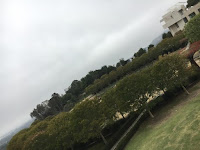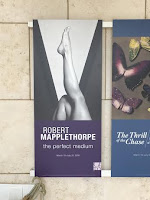Science has always been a theory followed by a hypothesis
but not space because it’s one of the least knowledgeable aspects of science. Space
is all about the unknown, which tend to be all about . The astronomer that
comes to mind about these theories is Nikolaus Copernicus. Copernicus is from
Poland who also is known for being a mathematician. He is the astronomer that
put the earth at the center of the galaxy rather than the sun. Copernicus called
this the heliocentric solar system, which is one of the most famous models of
all time. Copernicus believed that the
size and speed of each planet's orbit depended on its distance from the sun. The
Greek astronomer Aristarchus of Samos was there to figure out the
Copernicus’ heliocentric model was incorrect and changed to that the sun is the
center of the solar system. This idea of models also relates back to art
because of the design of the planets and stars. This art releases the wonders
of the universe because there are many hidden secrets among the solar system.
Going back to the mathematics within the universe with Copernicus, the only way
to calculate the solar metrics is with the power of 10 according to Professor
Vesna. This creates a simpler range of numbers that calculate facts in the
solar system. This is how the subjects of math and art relate back to the
aspects of space.
Sagan, Carl. "A Pale Blue Dot Quotes." Good Reads. N.p., n.d. Web. 30 May 2015.
"SFMOMA | SFMOMA | Explore Modern Art | Our Collection | Robert Rauschenberg | Space (Tribute 21)." San Francisco Museum of Modern Art. N.p., n.d. Web. 31 May 2015.
Rauschenberg, Robert. Stoned Moon. Digital image. Rauschenberg. Robert Rauschenberg Foundation, n.d. Web. 26 May 2015.
Vesna , Victoria, dir. Space Part 1. 2012. Film. http://www.youtube.com/watch?feature=player_embedded&v=2O5C0Iv6ROo#
Vesna , Victoria, dir. Space Part 5. 2012. Film.
http://www.youtube.com/watch?feature=player_embedded&v=WnSUHMXBmdg#
http://www.youtube.com/watch?feature=player_embedded&v=WnSUHMXBmdg#


















